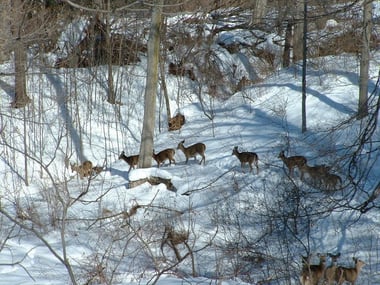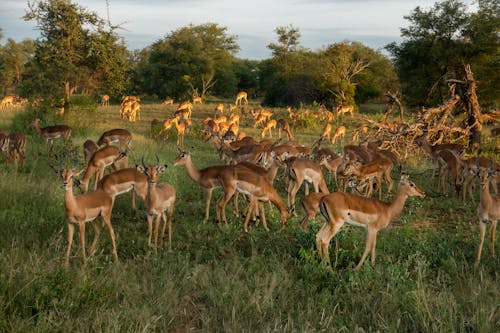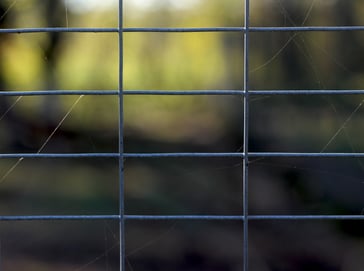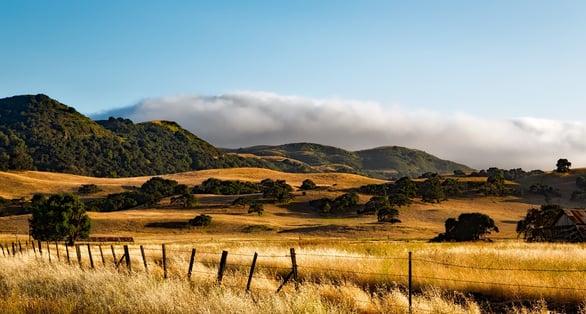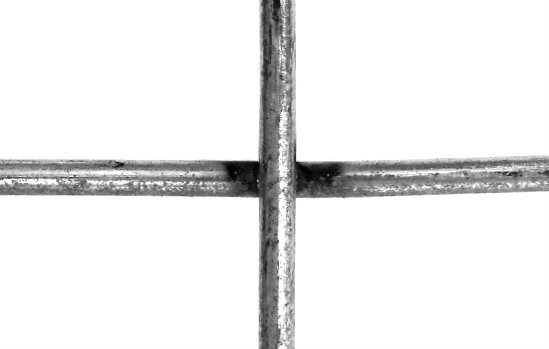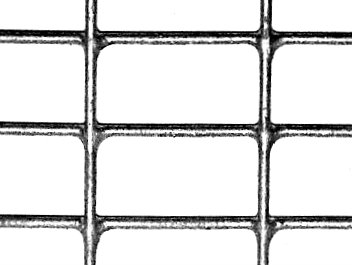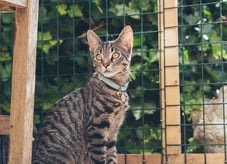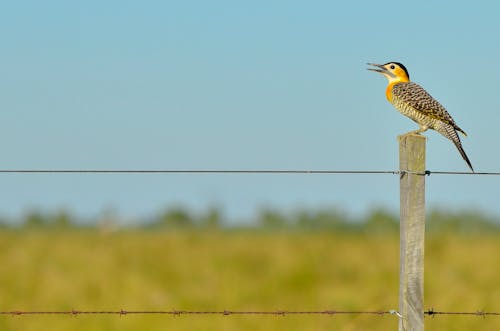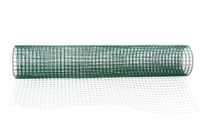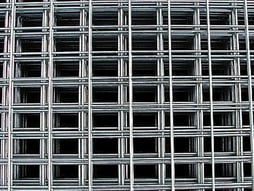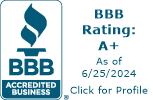Deer are among the most adaptable animals on earth. More than 90 different species of deer have found homes all over the earth, in nearly every habitat imaginable, from dense forests and mountainous terrain to marshes and deserts. Though types of deer may be found in a variety of environments, deer typically inhabit the border zones that mark the transition from forests to meadows, where there are soft grass and other plants for them to eat and adequate cover for them to safely spend the night, relatively protected from predators.
With Keen Senses
With their keen sense of smell and hearing, they can react to danger speedily. Their eyes set at the sides of the head means efficient scanning all-around. Their long legs are highly-muscled, able to carry them at speeds up to 30 miles per hour. Their hooves at the front can be long and sharp and are used for defense; males also use antlers to fight off predators. To sound the alert, they stomp their hooves, and white-tailed deer raise their tales so the white spot behind enables the herd to follow more readily. Additionally, they can jump and swim when they are
Adapting
Undeniably, there is another creature that likes to live in nearly every type of habitat, all around the world. That creature is the human being. Deer have little aversion to living close to humans. In fact, since they are so adaptable, most deer are quite willing to help themselves to landscape and garden plants provided by humans. This is quite convenient for the deer, but much less desirable for the people who find their nice-looking yards destroyed by deer. People who have never witnessed it have difficulty understanding just how destructive and thorough a herd of deer can be.
Fencing is Best
If you'd like to avoid having deer in your yard, perhaps you could just design your yard to make it unattractive to them. The two biggest problems with this approach are that humans tend to enjoy the same types of landscaping that deer enjoy and deer will eat almost anything. If you choose to live in an area that is inhabited by deer and you want to keep your garden or yard
And What Type of Fence?
There are many different styles of deer fence available. When you want to protect a garden with fencing, you will need to consider three characteristics of your new fence.
- Materials
The two most common materials used in protective fencing are metal and plastic. Metal fencing tends to be more durable than plastic but is also more expensive. If you want to get the maximum life from your fence, consider using galvanized steel or welded mesh that has been coated in PVC. This has the added benefit of blending into your yard, making the
- Height
To protect your yard from deer, a six-foot fence is an absolute minimum, although an eight-foot fence is an ideal choice. An eight-foot fence may cost a little more, but it is better to install the right fence from the start than to have to rebuild your inadequate fence a few seasons later.
- Appearance
This is the final characteristic to consider; it is also the point where you will have the most options. Deer fencing is available in an enormous variety of styles and colors, for everything from an austere, industrial look to an aesthetically pleasing look that blends in with the environment.
The deer in your area would like nothing better to sustain themselves on your landscape or garden. Do not let them; you can efficiently protect a garden with fencing, and keep the deer where they belong.
